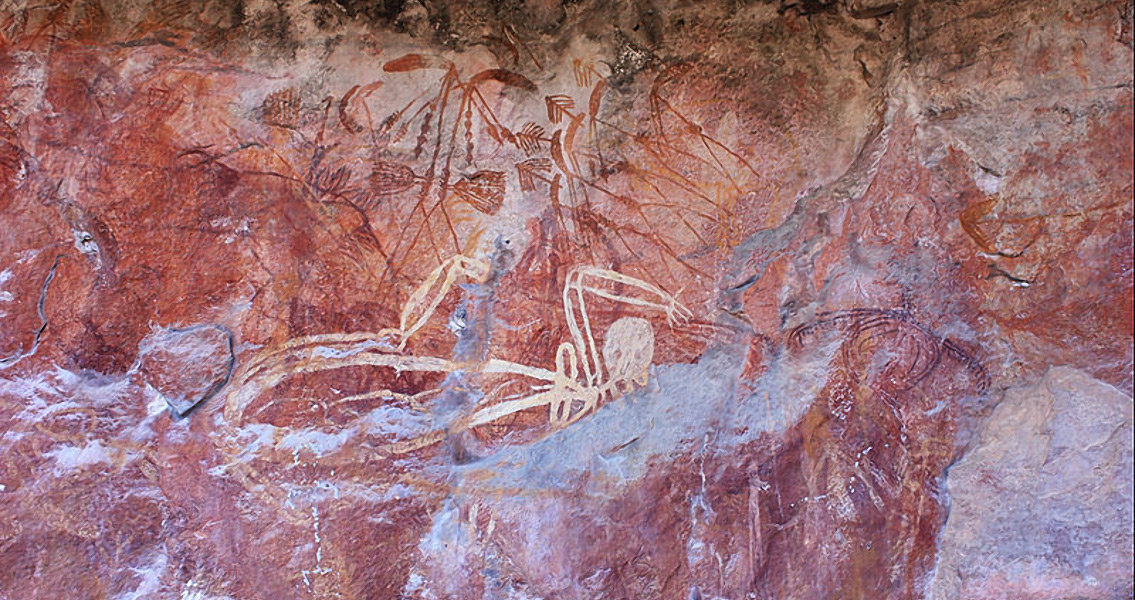<![CDATA[Oral traditions are not as a rule the most reliable source of factual information and this is particularly true of cultures with written traditions. Yet a new study has found that Australian Aborigines have an extraordinarily long oral tradition that has preserved the memories of several Aboriginal groups about the inundation (severe flooding) that changed the continent’s landscape around 7,000 years ago. In fact, the author of the study claims, these memories may date back as far as 11,000 BCE. Geography professor Patrick Nunn from the University of the Sunshine Coast in Australia collected stories from Aboriginal groups living in 21 different regions along the continent’s coast. All the stories related to an event that, science has established, occurred around 7,000 years ago. The event was an inundation that changed the coastal landscape of Australia, made Tasmania an island and had a substantial effect on the local ecology. The stories, Nunn points out, are remarkably consistent, referring to places that were “drowned” when the sea level rose. The other remarkable fact is that the stories are different, they are not alternate versions of the same story. Nunn worked with a database of historical records of Aboriginal stories collected by various researchers in the past. The author notes in his paper that although the accuracy of these written records cannot be taken as flawless, it is nevertheless quite considerable because the informants who collected them following the arrival of Europeans in 1788 were “relatively unprejudiced”. In addition, Nunn cites an author from the late nineteenth century who claims the people who collected Aboriginal stories and myths tried to avoid leading or suggestive questions that would affect the accuracy of the answers. Oral traditions, Nunn points out, are widely believed to be able to survive no longer than five to eight centuries before becoming unrecognisable in comparison with the original account of an event or person. This is commonly a result of embellishments that help the story remain interesting for generation after generation. However, in non-literate societies, the passing of stories from generation to generation tends to be more stable when three conditions are met. These include the relative isolation of the society in which the story is being passed on, the importance that this society places on the event that is being described, and the level of attachment to the place where the society lives. This level of attachment reinforces the importance of an event, especially if it is related to certain locations in this place. The aboriginal groups from which the stories about the inundation were collected meet all three conditions, Nunn goes on to say in his paper, which he co-authored with Nicholas Reid. The stories they studied belonged to two types: pretty straightforward, simple narratives, and myths. While the narratives generally tell of events and places, the difference in myths is that they focus more on the effects these events had on the people living in these places. The two types of stories were analysed accordingly, and were then compared to scientific data about the last time the sea level rose so much as to radically change the coastline of Australia. The comparison revealed that Aboriginal groups have possibly the longest oral memory, although Nunn suggests it is possible that other cultures with strong oral traditions may also turn out to have longer memories than previously believed. For more information: www.tandfonline.com Image courtesy of Wikimedia Commons user: Google Cultural Institute]]>
Aboriginal Oral Traditions Go Back More than 7,000 years
